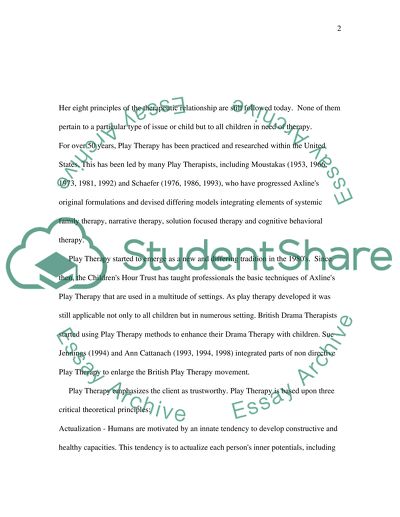Cite this document
(Which Play Therapy is Best Case Study Example | Topics and Well Written Essays - 1750 words, n.d.)
Which Play Therapy is Best Case Study Example | Topics and Well Written Essays - 1750 words. Retrieved from https://studentshare.org/health-sciences-medicine/1542828-final-paper
Which Play Therapy is Best Case Study Example | Topics and Well Written Essays - 1750 words. Retrieved from https://studentshare.org/health-sciences-medicine/1542828-final-paper
(Which Play Therapy Is Best Case Study Example | Topics and Well Written Essays - 1750 Words)
Which Play Therapy Is Best Case Study Example | Topics and Well Written Essays - 1750 Words. https://studentshare.org/health-sciences-medicine/1542828-final-paper.
Which Play Therapy Is Best Case Study Example | Topics and Well Written Essays - 1750 Words. https://studentshare.org/health-sciences-medicine/1542828-final-paper.
“Which Play Therapy Is Best Case Study Example | Topics and Well Written Essays - 1750 Words”. https://studentshare.org/health-sciences-medicine/1542828-final-paper.


